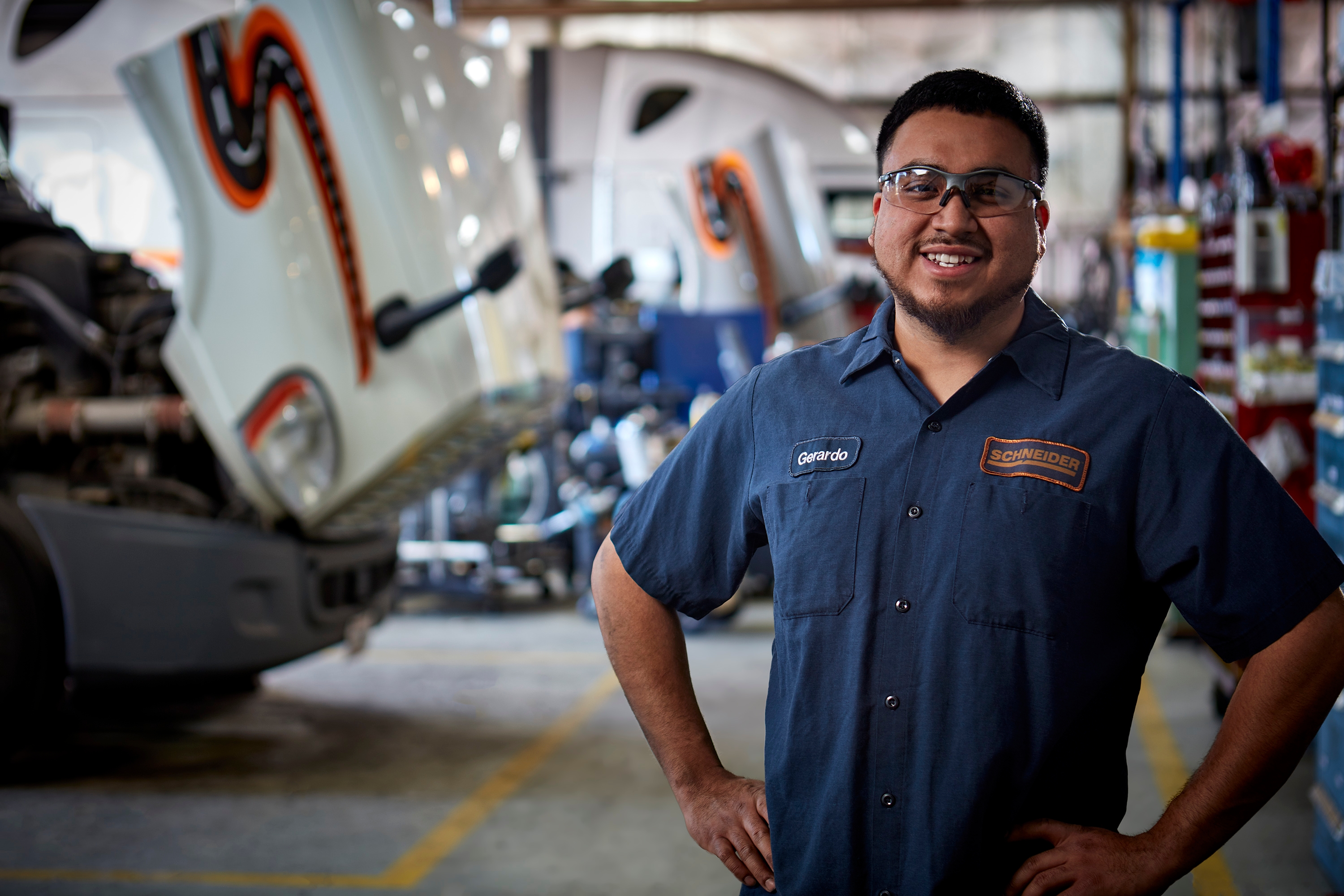

inspirationĭon’t be a designer who creates work too close to that of another. It brings up questions about artistic intent and the subjectivity of art, asking “who was this judge to determine whether or not the appropriated artwork had enough meaning to be considered fair use” when the art could be interpreted differently by each person who viewed it. The initial ruling in this case in favor of Cariou has created huge divisions in the artistic community. However, the case is currently in appeal and the final decision has not yet been reached. OutcomeĪ judge ruled in favor for Cariou in 2011, claiming the changes made to Cariou’s photographs weren’t significant enough to constitute a change in meaning - fair use. Cariou argued that it wasn’t fair use, but copyright infringement. For an exhibition in the Gagosian Gallery, Prince appropriated 41 images from a photography book by French photographer Patrick Cariou, claiming fair use that he created new meaning out of the photographs. Richard Prince is a well known appropriation artist - one who transforms the work of others to create new meaning in his own work. _ Photograph: Patrick Cariou – 2000 Adaptation: Richard Prince – 2008 (both via artnet) Case When doing so, make sure everyone knows the source. Garcia himself stated he was “so proud of the photograph and that Fairey did what he did artistically with it, and the effect it has had,” but still had a problem with the fact that Fairey took the image without permission and without credit for it’s originator.Ĭredit, credit, credit! On 99designs you cannot use licensed work - but in the right circumstances you can use stock imagery. It’s unlikely that Garcia’s work could have ever reached the level of fame it did, if not for Fairey’s poster. Though there wasn’t a court case and an actual verdict, this case created a lot of discourse around the value of work in these copyright battles. The artist and the AP press came to a private settlement in January 2011, part of which included a split in the profits for the work. Fairey responded with the defense of fair use, claiming his work didn’t reduce the value of the original photograph. In January 2009, the photograph on which Fairey allegedly based the design was revealed by the Associated Press as one shot by AP freelancer Mannie Garcia - with the AP demanding compensation for its use in Fairey’s work. The design rapidly became a symbol for Obama’s campaign, technically independent of the campaign but with its approval. _ Photograph: Mannie Garcia – 2006 (via The New York Times) Poster: Shephard Fairey – 2008 (via Wikipedia) Caseįamous street artist Shephard Fairey created the Hope poster during President Obama’s first run for presidential election in 2008. Are you creating a derivative work that subtracts value from the original artist? 2. You can parallel this with vector-tracing a photograph for your design. It also brought up the issue of photography as art, was photography just a documentation of the world, or is it a creative and artistic product? Neither of these issues was entirely answered by the case, of course, but it has also become a reference used in many cases afterward. Can you build upon another’s work to create your own original piece? And if you do so, does that constitute derivative work? This is one of those famous cases that encompassed a larger issue in the art world, the issue of appropriation art. Koons was forced to pay a monetary settlement to Rogers. Koon’s defense was rejected under the argument that he could have used a more generic source to make the same statement - without copying Rogers’ work. The court found the similarities between the 2 images too close, and that a “typical person” would be able to recognize the copy. Koons responded by claiming fair use by parody. Upon discovering the copy, Rogers sued Koons for copyright. Koons sold several of these structures, making a significant profit. Internationally, renowned artist Jeff Koons in the process of creating an exhibit on the banality of everyday items, ran across Rogers’ photograph and used it to create a set of statues based on the image. Photographer Art Rogers shot a photograph of a couple holding a line of puppies in a row and sold it for use in greeting cards and similar products.

_ Photograph: Art Rogers – 1985 Polychrome: Jeff Koons – 1988 (both via The Design Observer Group) Case Read through some of these famous court cases that have created major public discourse over copyright - how it’s handled, what it means, and why we should all care. Arguments over copyright between creatives happen all of the time, it’s an inescapable issue. Copyright has never been an easy, black-and-white kind of issue.


 0 kommentar(er)
0 kommentar(er)
